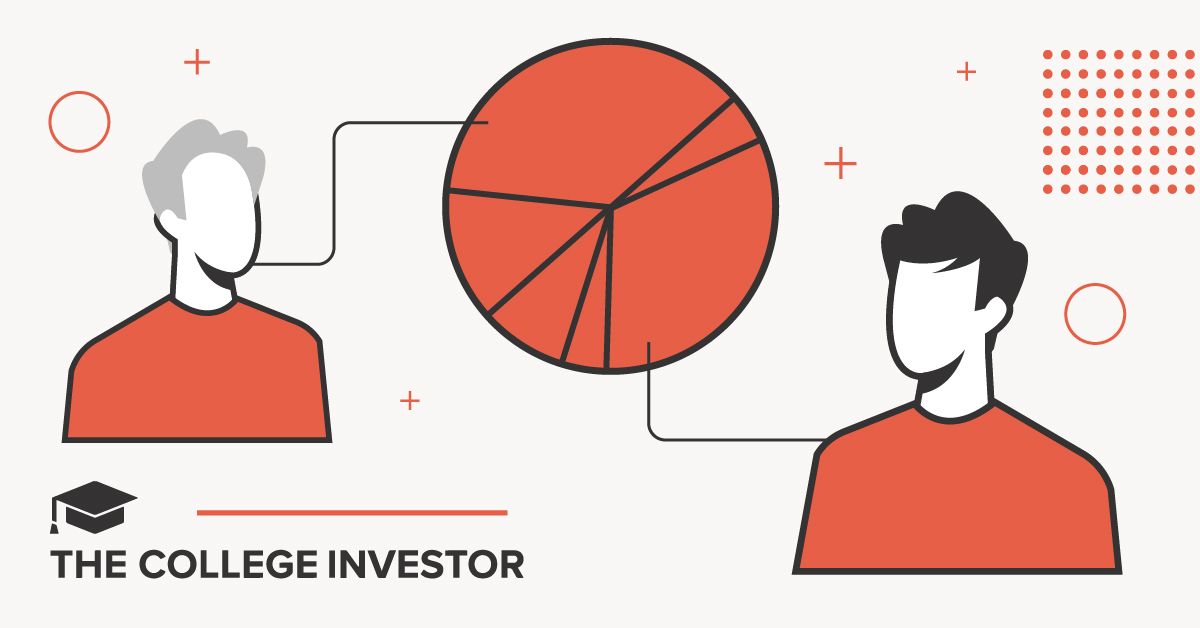Generations Most Affected by Student Loans


Source: The College Investor
With the student loan repayment on-ramp period ending, millions of borrowers must now resume payments after the Covid-19 payment and collections pause. For many, the return to repayment is a significant financial shift, especially for borrowers who haven’t started making payments since the October 2023 end of forbearance.
Fidelity Investments recently analyzed its Student Debt Tool data, revealing insights into the industries and generations facing the largest burdens.
Related: Student Loan Debt Statistics 2024
According to Fidelity Investments’ analysis of its Student Debt Tool, the healthcare industry is home to the workers with the highest student debt burden. The average debt for healthcare professionals sits at $74,749, with average monthly payments of $837.
Additionally, 38% of employees in the healthcare field carry student debt, making them particularly vulnerable to the financial pressures of resuming payments. The finance and insurance sector ranks second, where 32% of employees are repaying loans, though their average balance is notably lower at $38,345 with monthly payments averaging $445.
Other industries, such as professional services and retail, also report substantial student debt burdens, but with lower monthly payments and balances compared to healthcare. In retail, employees report an average debt of $53,013, with monthly payments around $600.
Student loan debt isn’t just an issue for younger borrowers. In fact, Fidelity’s data indicates that older generations are often carrying the heaviest financial burdens. Gen X users of Fidelity’s Student Debt Tool carry an average loan balance of $52,265, with monthly payments of $629. Baby Boomers (many repaying loans for their children due to Parent PLUS Loans) report the highest balances of any age group at $54,924, with monthly payments averaging $710.
While Millennials form the majority of Fidelity’s Student Debt Tool users, with an average monthly payment of $590, the overall data show that Gen Z borrowers have a lower average balance of $29,200, making them less encumbered by student loan debt compared to their older counterparts.
One of the most significant findings from Fidelity’s analysis is how student debt affects borrowers’ retirement savings. Over 15% of users reported taking loans from their 401(k) plans, and nearly a quarter (24%) contribute less than 5% of their paychecks to retirement savings. This lack of retirement investment, particularly among younger borrowers, means they will likely miss out on the long-term benefits of compound interest.
If you want to see more of the results, check out the Fidelity survey here.
Don’t Miss These Other Stories:

Industrial flex space has become a quiet favorite among sophisticated investors seeking durable income backed by real business demand. If...

Getting an inheritance is the epitome of a mixed blessing. You receive a financial windfall, but the cause is the...

During his tenure as the California Secretary of Health and Human Services, Mike Wilkening cemented his reputation as a steady...